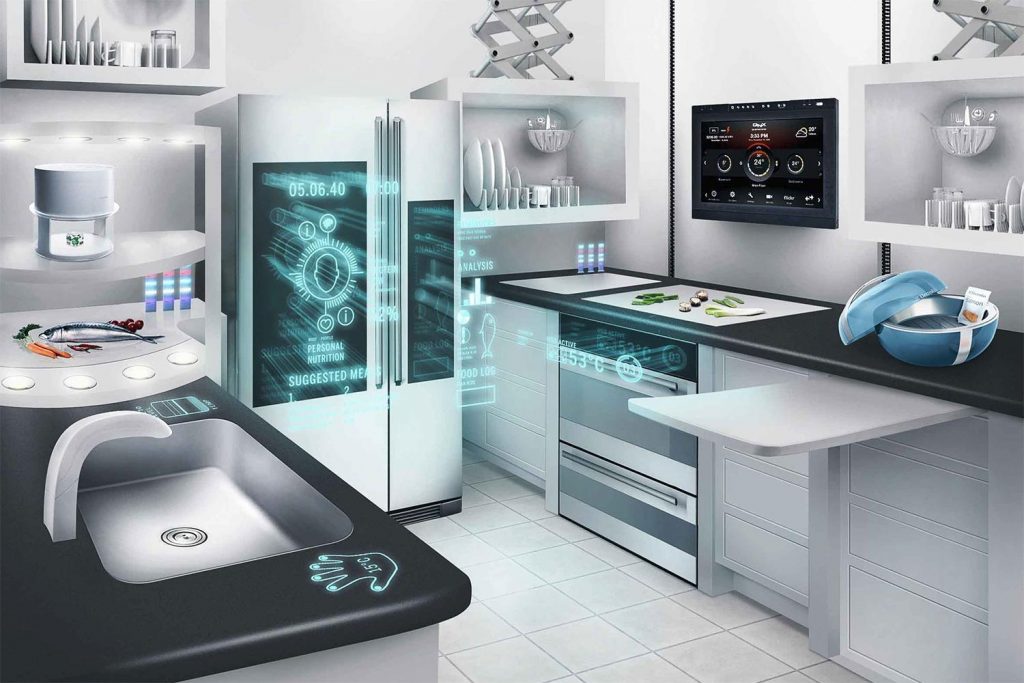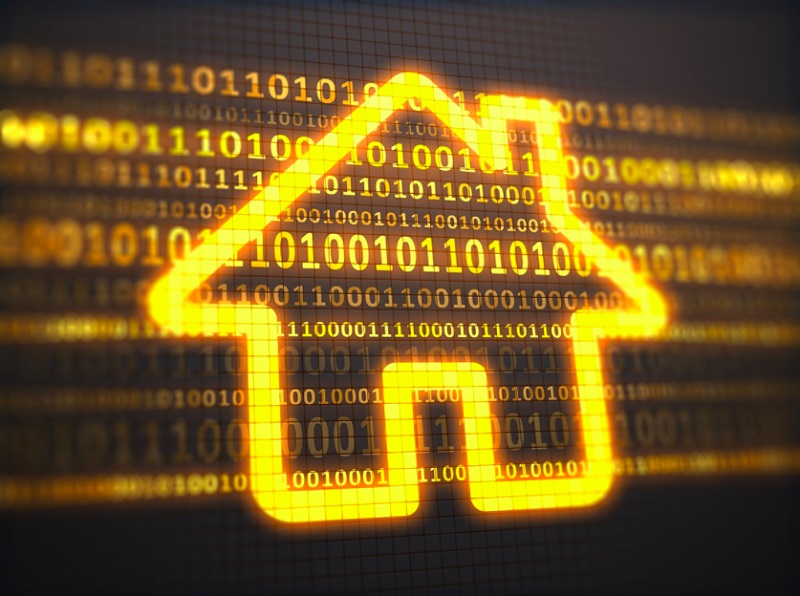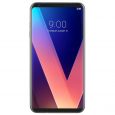We’re entering the generation of the internet-of-things (IoT), where all our devices and appliances are connected to the cloud, and we can remotely access and control just about anything with our smartphones. One of the most exciting advancements in the world of IoT deals with providing home security; more advanced devices, like cameras, and apps allow the average homeowner to keep a closer eye on their property.But are these “secure” advancements really as secure as they promise?

Features to Expect
There are dozens of apps and devices available to secure your property. Some of these include Vivint Sky, which allows you to lock and unlock your doors, set your alarm remotely, and even control lighting around your house, ADT Pulse, which allows voice recognition to authenticate users, and Nest, which offers both indoor and outdoor cameras.

Some of the most common functionalities you’ll see include:
-Indoor/outdoor cameras (and remote viewing). Cameras are one of the biggest draws for homeowners, and almost every tech security company offers them. These cameras can be indoor or outdoor, and provide constant remote access so you can view their feeds remotely, or review old footage.
-Remote door lock controls. Some apps also allow for remote door lock controls, so you can see who’s knocking at your door and lock or unlock it accordingly.
-Alerts and alarms. Most apps offer alarm system functionality, allowing you to engage or disengage a basic home security alarm, and set alerts for various happenings in and around your property. For example, you might set an alert to go off if your door is opened, if a window is broken, or if a motion detector is triggered on your lawn.
-Lighting controls. You may also have access to lighting controls, which allow you to switch your internal and external lights on and off.
Considerable Issues
These are some of the biggest issues to consider:
-Remote viewing. One of the best features of IoT home security is also its greatest vulnerability: a connected camera grants remote viewing access of your home. In a secure setting, this means you can see what’s going on in and around your house at all times. But if someone gains control of that device with malicious intent, they’ll also gain that same visibility. This could allow someone to learn your patterns, or even detect when you’re not home to learn the best time to strike.
-Points of vulnerability. Each new device or app you add to your home represents another point of vulnerability. If a hacker or criminal gains access to just one device on the network, it’s easy to gain access to the entire network. More points of vulnerability means it’s easier for someone to gain control of every piece of technology you own.
-Stored information. Every security tech company is different, but some will store your security camera footage in the cloud for an extended period of time (at least 30 days). There are some advantages to this; you can go back and view footage if there’s an incident you need to investigate. But it also compromises your privacy, since a breach of those central servers could give an attacker complete access to your home’s cameras.
-Overconfidence. Finally, adding a layer of technological security to your home could give you a sense of overconfidence. Knowing you have the app’s protection could make you lazier when it comes to double checking your home’s security standards, or make you believe you’re completely exempt from being the victim of a crime. Ironically, these new lax standards could make you more vulnerable.

Today’s IoT-based home security devices are astounding, and if used correctly can make your home more secure. However, they also introduce some new vulnerabilities and issues that must be considered if you want to keep your home secure. Do your research before investing in any new app or device, and don’t let yourself become overconfident in the tech that surrounds you.




